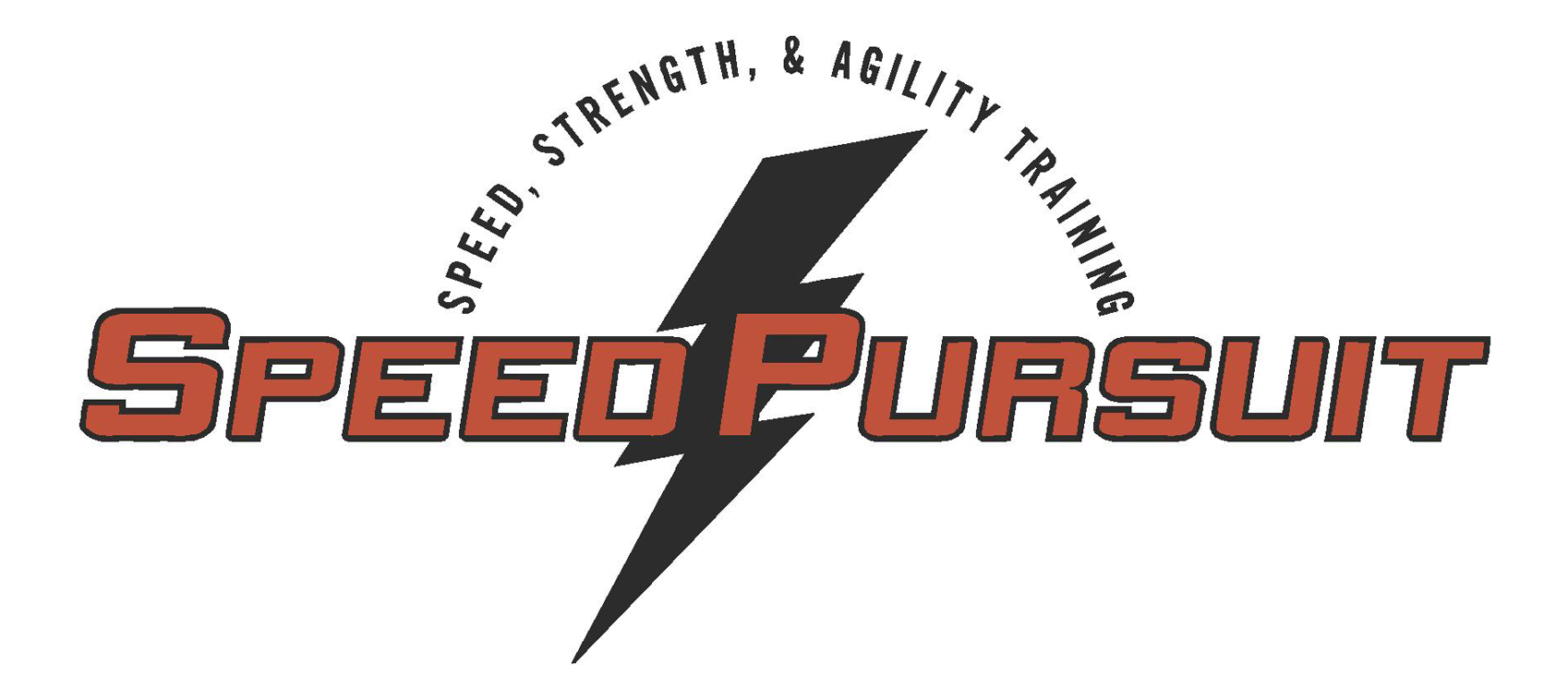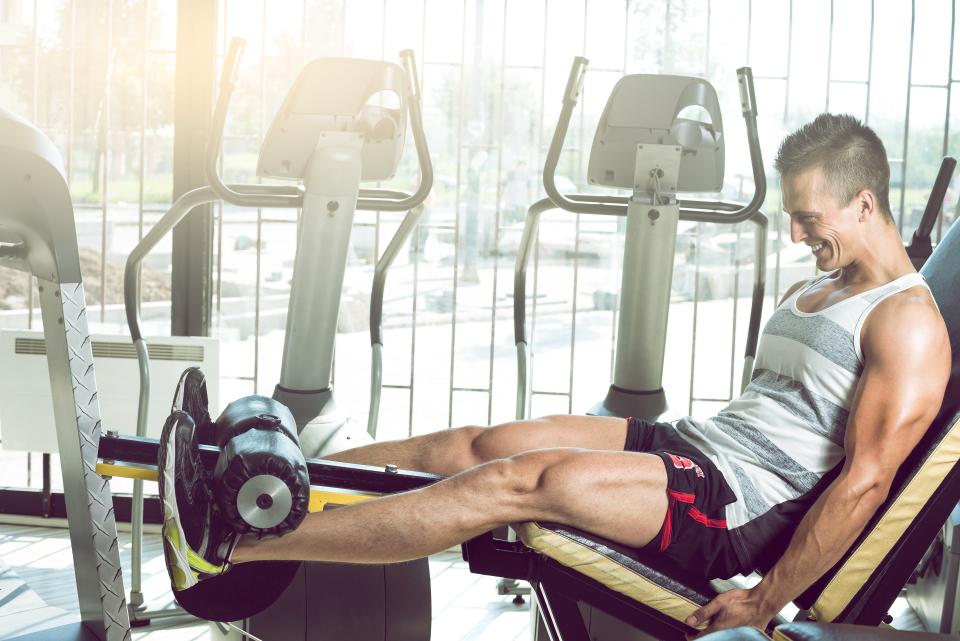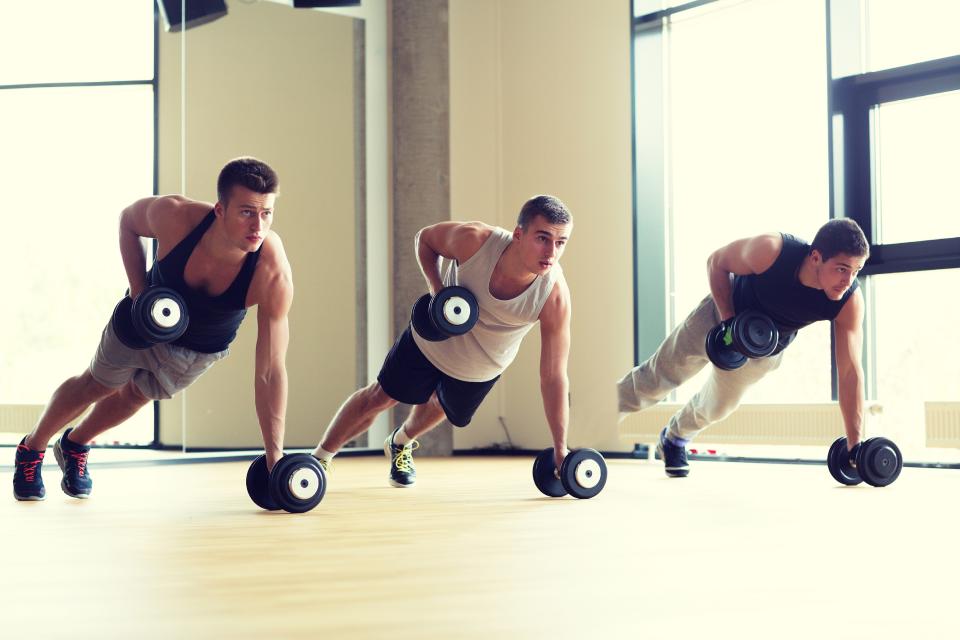Ice Hockey
Off-ice training gives hockey players an opportunity to develop muscle balance and strength so they are physically able to meet the increasing technical demands of the sport. It also allows them to increase speed, power, agility, balance core strength and flexibility which are all fitness components that contribute to on ice performance.
What are the components of off-ice training?
• Dynamic Warm-up/Muscle Activation: Prepares the body for an on or off-ice session. Activates the joints and muscle groups specifically for skating.
• Agility/Speed: The ability to build up speed while controlling the body to quickly change directions and positions. Very important to a skaters transitions into jumps and spins footwork sequences.
• Balance Training: Learn stability exercises that help athletes of all levels reduce the rate of falls and injury. Equilibrium exercises enhance leg strength, posture, balance reactions and general stability.
• Flexibility/Recovery: Teaches different techniques to increase flexibility as well as proper recovery for fatigues muscle groups.
• Plyometric: Teaches the skater how to develop power which translates to on ice jumps and spins.
• Strength Training: Ensures all the proper muscle groups are strong and in balance with their counterparts to reduce the risk of injury and contribute to an increase in overall strength and stability.
• Cardiorespiratory Conditioning: Addresses aerobic and anaerobic training to teach the skater how to control breathing in a very challenging cardiorespiratory sport.




